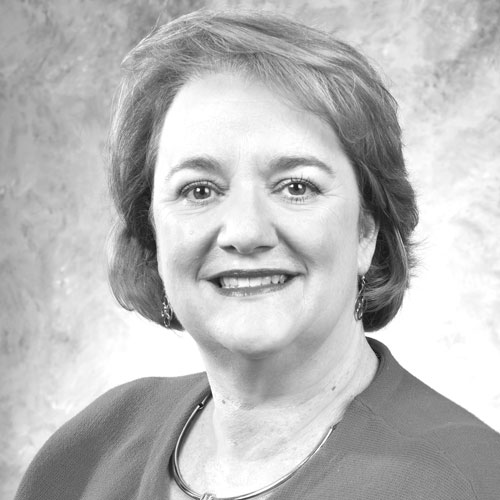Wisdom has it that at least three-quarters of all healthcare decisions are driven by data that comes from testing laboratories such as Pennsylvania-based Health Network Laboratories (HNL). Harvey Guindi, chief of information systems (IS) for HNL, believes that improvements in the laboratory testing process similar to the ones his company is implementing can have an impact far beyond the laboratories’ bottom line and in the world of healthcare at large. Guindi also believes that IS has been put in a position to have a central role in these initiatives. “As we’re moving in the industry from focusing on results to focusing on answers, information systems can help with dealing with risk,” he says. “If you can get someone to deal with their problem sooner rather than later and not end up in an emergency room, that is going to benefit the system.”
Guindi positions IS as a leader in the company’s evolution. The department touches everything from medical devices to revenue delivery and collections. Guindi is in fact a member of the executive team, granted equal importance and say in company decisions just the same as finance, sales, or lab operations. “The importance of intelligent leadership by the CEO in creating the environment that embraces innovation and evolution allows each executive team member to contribute beyond their core responsibility, benefit our organization, and our customers,” he says. “The thing about our executive team is that while we each have our own domain, we’re all charged with the growth and strategy of the company, not just the effective management of our own area.”
The latest example of IS playing a key role in growth and innovation at HNL has been the initiative to reduce customer wait times at the laboratories’ fifty-plus patient service centers. The executive team agreed on a goal of maintaining its fifteen-minute-or-less patient waiting time, an industry-leading standard, in the face of increasing demand, patient volumes, and growing network of patient access points. Once it was in place, Guindi pushed to use tech to leverage the advancement, promotions, and advertisements. Soon on the company’s website, customers will be able to see average wait times at any patient service center location. If they were basically equidistant between two locations, customers could select a destination based on the shortest wait.
“The biggest issue I see we’re faced with is how does an industry not well-versed in managing risk now deal with that.”
“That was an area of debate and conversation,” Guindi recalls. “Maybe somebody could have to wait longer than they expected, so there was a lot of discussion about what it meant to provide this level of transparency, what the pros and cons were. That’s the kind of engagement we have; the willingness to challenge each other in terms of what we can do and what we should do to create the greatest value for our customers.”
When Guindi came on board in 2013, he put together a bold, three-year strategy that is now in its final year. There were four aspects: increase access to and for patients, grow and retain existing business, improve bad debt and revenue cycle management, and increase operational efficiencies.
In terms of improving consumer access, Guindi says he looked at it from a retail perspective, with a goal of making the company’s service available when and where customers wanted it. This meant extending hours, swapping appointments for walk-ins, and meeting the fifteen-minutes-or-less goal. “We did this knowing that it drives greater loyalty and more volume when people get their needs taken care of,” he says.
The second initiative—to grow and retain existing business—centralized on integration of systems. What used to be done on paper moved to electronic interfaces, and Guindi’s team made sure that providers didn’t have to jump through many hoops when dealing with the company. A group was dedicated to improve EMR systems integration with the laboratories themselves.
When Guindi came to the industry, he was taken back by the notion that providers were expected to do the highest quality of work with the greatest integrity, but didn’t always get paid for it. Revenue cycle management at HNL needed an overhaul. “It was a formula that was going to bury us,” he says. “I said, ‘We have to look at this from more of a retail perspective and put solutions in place that improve our collections and ensure that the reimbursement model doesn’t hurt us.’”
IS also used software to build more efficiency into the collections system and saved an abundance of administrative overhead that had been eating at the company’s profit margin—the fourth aspect of the three-year strategy. As the plan reached its conclusion in 2016, Guindi says that the biggest challenge to healthcare providers right now is still how to handle the industry’s shifting of risk. “Whereas all these things used to be managed by insurance companies, they’ve gotten out of the risk model but are still the payers. Now hospitals, physicians, and labs have to manage that risk,” he says. “The biggest issue I see we’re faced with is how an industry not well-versed in managing risk now deals with that.”
It’s a challenge, but as Guindi has proved at HNL, IS can play a key role in overcoming it.

